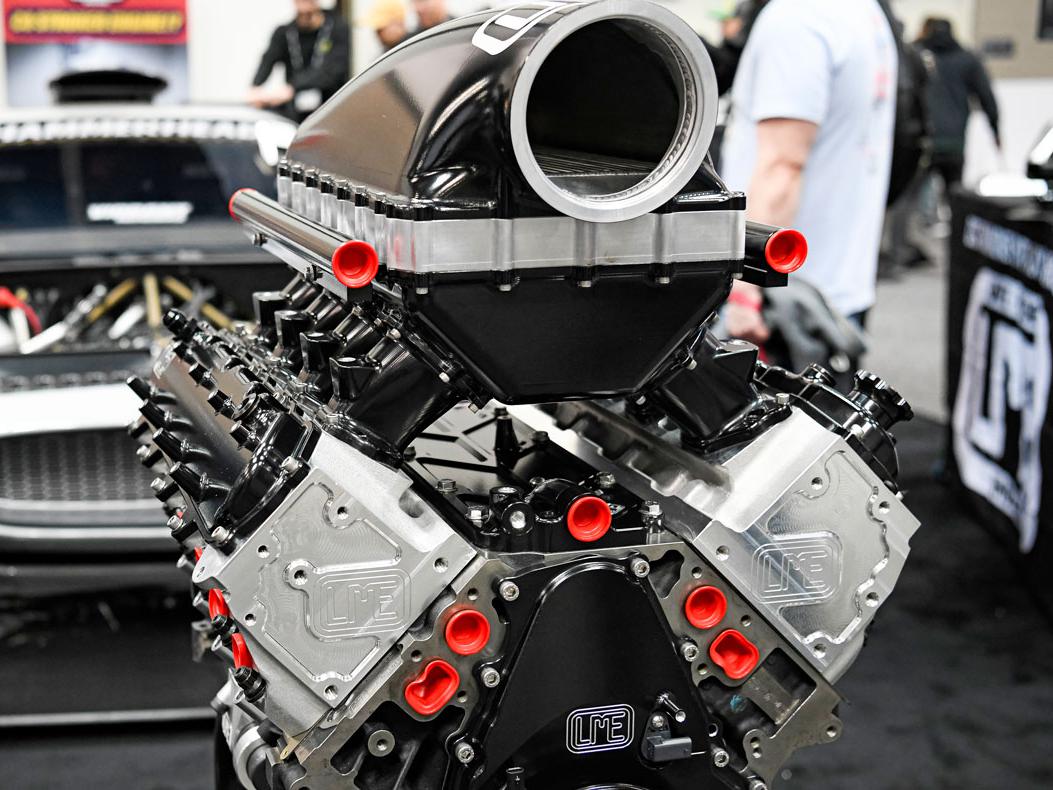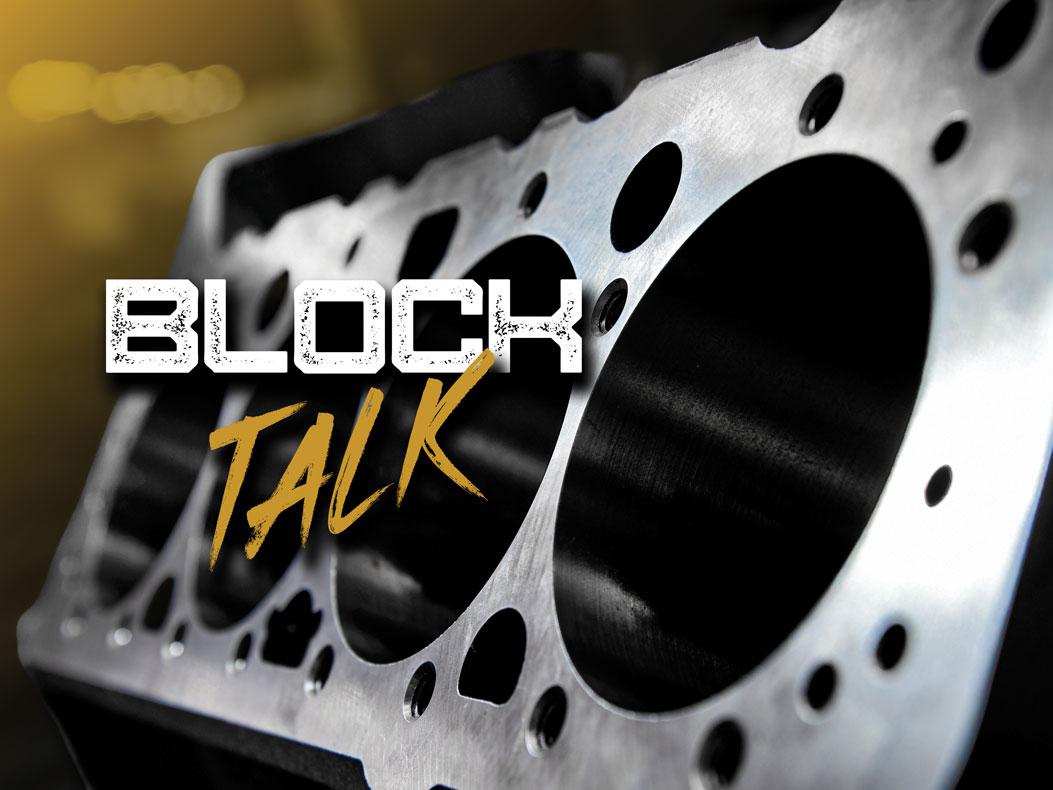UTVs Ascendant

Photo courtesy of SCORE International
These versatile and affordable off-roaders put the thrill of racing within reach of just about anybody.
While UTVs were developed originally as working machines—the “U” stands for “utility” after all—these days UTVs have found a huge following in off-road recreation. Industry trackers estimate 2023 UTV sales at some $6 billion and expect the category to grow by 5% annually between now and 2032, driven largely by demand in the recreational segment.
“Powersports continues to expand simply because it’s a tremendous form of outdoor entertainment,” said Michael Mathis of Atturo Tire Corporation, Waukegan, Illinois. “UTVs allow you to go off-roading without having to expose your regular daily-driver street vehicle to damage. There are more places that are accessible to UTV use than there are to street vehicles going off-roading. And that translates over into motorsports.”
We spoke to several off-road race sanctioning organizations for this story, and all of them talked about the growth they see in UTV racing. Matt Martelli of UNLTD Off-Road Racing of Vista, California, said UTVs “make up our biggest class, and it continues to grow.”
Bryan Folks of the Best in the Desert (BITD) racing series, based in Las Vegas, Nevada, agreed that UTV racing “continues to grow” within the off-road race industry as a whole.

Dave Cole of Hammerking Productions in Temecula, California, said UTVs are his “biggest area of growth.”
And Jim Ryan of SCORE International in Reno, Nevada, said SCORE’s UTV entries “have accelerated dramatically in the last three to four years.” They have also become the “go-to vehicle for pre-running,” he said. “Even the Trophy Truck teams are using them.”
There are several reasons for the growing number of UTVs in off-road racing, and a lot of them have to do with how remarkably low the barrier of entry is to race a UTV, making it a form of motorsports that nearly anyone can do. In fact, “the barrier to entry has been reduced to almost nothing,” said Cole. “For someone sitting at home and thinking, ‘I want to try that,’ it’s easier to get into a UTV and race than getting in a roundy-round car or a Miata. UTVs have really changed that.”
Off the Showroom Floor
One of the biggest drivers of UTV popularity is the wide selection of models available from the OEMs, and how well equipped they are from the factory.
“You can get into racing one of these, almost off the showroom floor, without having to spend a lot more money on it,” said Mathis. For some sanctioning bodies, the only additions required, depending on class, are seats, harnesses, and other safety equipment. “The opportunities to get into a stock class with relatively little modification to that factory machine are far superior to anything you could do with a street vehicle to go off-road racing. Then with a race UTV, unlike a race truck, you could drive it on off-road trails or at an off-road park. There’s some dual use to it as well.”
UTV racing “can’t get more accessible,” said Folks. “Any Tom, Dick, or Harry can go to a Polaris dealer, a Can-Am dealer, a Honda dealer, or a Kawasaki dealer and have a pretty state-of-the-art vehicle they can race the next day.”
At SCORE, “our factory wars now are the UTVs,” said Ryan. “It’s not Ford, Chevy, Dodge, Toyota anymore. It’s Polaris, Can-Am, Honda, Kawasaki, Robby Gordon’s Speed, and Arctic Cat. We now have five UTV classes as the vehicle manufacturers have evolved their products. We’ve had to move their classes up on the starting line order in terms of when we stage their starts because they’re getting faster and more reliable. They’re quite capable vehicles and keep moving up through other classes on their overall finishes in our races.”
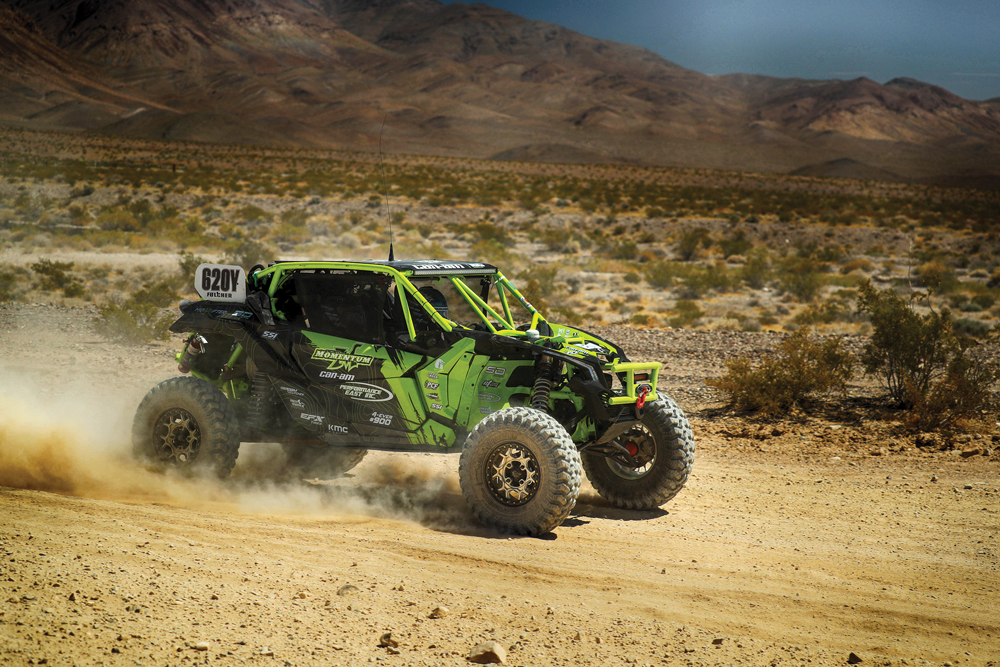
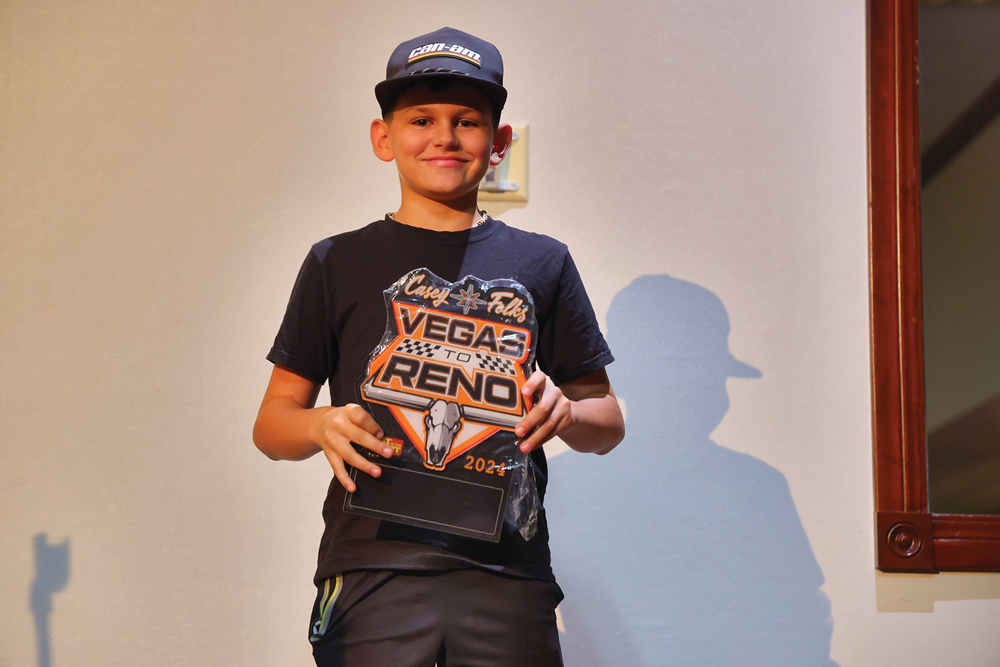
The upper tier of the market, which includes the Polaris RZR Pro R and Can-Am’s new Maverick R, “are almost race-ready in the Pro class,” Ryan said. “All they need is safety equipment, then go race.” The OEMs have “embraced new technology, and they use our races as a testing ground for what they call ‘Baja-proven technology.’”
“Twenty years ago, when UTVs started racing in Best in the Desert, they were little more than a golf cart with some suspension,” said Folks. “Now, it’s not an understatement to say that the technology has gone bonkers with UTVs. The OEMs looked at racing and said, ‘This is where we need to be.’ A UTV has won the Silver State 300 two years in a row. Think about it: Going from what was almost a golf cart to winning a big race two years in a row, that’s a pretty major step.”
The morning we spoke with Cole, he had spent a few hours in a new Maverick R. “It has a sequential gearbox. It has better steering than any Porsche or Mercedes you’ve ever driven. I was out in the desert doing 100 mph through 2-foot whoops in a $35,000 car out of the box.” Can-Am, he said, is gunning to win the top 4400 class in Hammerking’s prestigious King of the Hammers event, “and if they do that, they’ve proven they’ve built the best car.”
Economic Feasibility
Some people are probably reading this and thinking $35,000 is a lot of money compared to the cost of Spec Miatas, shifter karts, and other affordable forms of grassroots racing. “If you put the cost of a new UTV into a Volkswagen or a Miata, you’d have a really competitive autocross car,” Mathis pointed out.
Keep in mind that the $35,000–$45,000 R models from Polaris and Can-Am represent the high end of the new UTV market. There are less expensive models on the dealer’s floor, and those tend to make up the bulk of the entry lists in the desert.
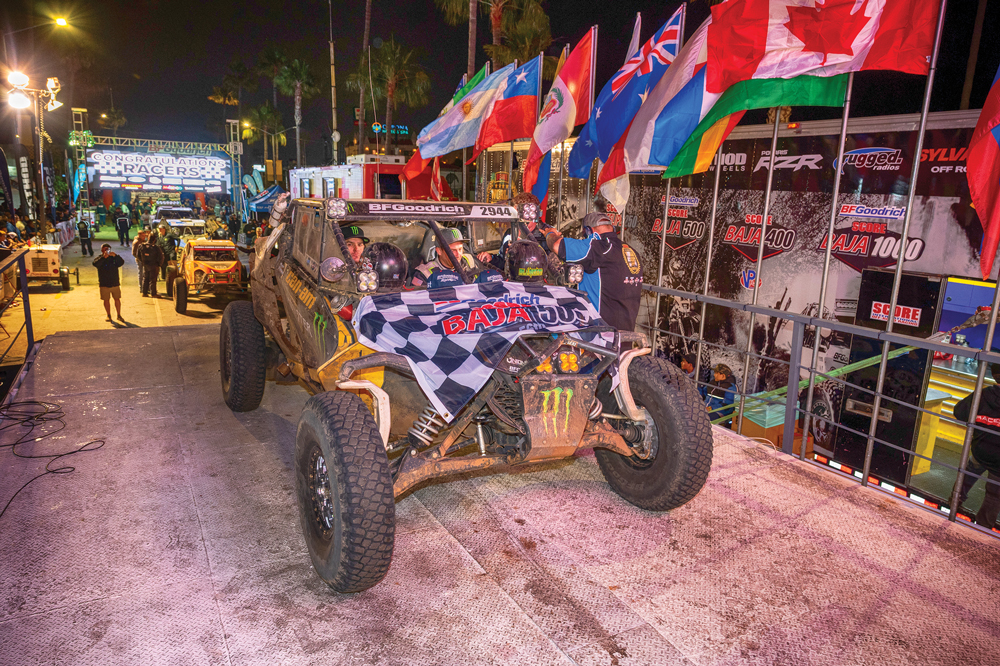
And while your local Mazda dealer can’t sell you a Spec Miata, your local UTV dealer will be happy to put you in the side-by-side of your dreams and finance the purchase as well. Martelli said Polaris “has moved into self-financing, and Can-Am will finance you for 1%. So with financing, people are willing to spend $30,000 or $40,000.
“Never before have we had a race car that you can finance,” he added. “Financing just completely changed the demographic of who is racing with us. And you only need to put about five grand worth of safety equipment into a UTV to race it. If you have halfway decent credit and a credit card, you can literally come racing with no out-of-pocket costs.”
As Folks pointed out, even if a racer spent $100,000 to build “a top-of-the-line UTV to race against the very best in the country,” in the off-road racing world that pales in comparison to “the half-million dollars to build a good Class 6100 truck or well over a million for a Trick [or Trophy] Truck.” Add in the fact that if you called any of the major builders, “it could be a year or two years before you get your truck built. You can’t argue the economic feasibility of the machine.”
Youth and Longevity
For some of the off-road racing sanctioning bodies, the growth in UTV racing is driven by their youth classes. BITD allows kids as young as five to race. “If you want to start your kid out young, start them in a UTV,” Folks said.
Hammerking’s “biggest area of growth is youth now,” Cole said, noting that those numbers may be skewed because “it’s a new market segment for us, so of course it’s growth. But there certainly tends to be younger people in UTVs.” These vehicles represent “30–40% of our business, and it’s edging up now because the youth is all UTV-based racing.”

At SCORE, UTVs have “enabled a younger generation of racers,” Ryan said. “We’ve also had veteran racers from other classes move down into that. We’ve seen a huge influx of women entering those classes. The competition levels are extremely good and very competitive.”
“UTV racing is very appealing to youth,” Mathis said. “We see a lot of under-16-year-old drivers out there on the race courses.” Those younger drivers will tend to “stick with it, whether it’s from a competitive or hobby standpoint, for another 30–40 years. Unlike motorcycles, it doesn’t beat up your body as bad. So you can have a much longer career racing. You see all these motorcycle guys—Brian Deegan, Travis Pastrana, and all those guys—who went from two wheels to four in a cage in order to prolong their careers. So it’s got longevity to it.”
This brings up an interesting point: For the most part, UTVs are not a feeder into higher echelons in off-road racing. According to Folks, at BITD “80% of the racers who start in UTV stay there, and 20% eventually feel like they’ve outgrown it, or they have the financial support to move from a UTV to a car or truck.”
“They don’t jump up,” Cole agreed. “Most of the stud UTV guys are staying in UTV.”
“There’s not a huge movement out of the UTV classes to go up into other classes, because the category itself keeps evolving,” Ryan said. “A lot of the teams in a pro class now used to run stock. They’ve moved through the system over the years.”
“They’re staying because they like it,” Folks said, “and because it’s economically viable. That means you have bigger turnouts and more competition, and the competition is stiff, especially up in the two top classes, Pro Open and Pro Turbo. You have OEM support there.”
That support goes beyond producing new nearly-race-ready models. “Kawasaki, Can-Am, and Polaris have huge contingency payouts for Best in the Desert events,” Folks explained. “They’re substantial enough to make the average racer say, ‘Hey, we need to go race here and give it all we can. If we think we have a shot at winning, we need to come here, because the payout is pretty darn good.’”
At SCORE, factory support also includes driver contracts, Ryan said, “which don’t exist in other classes. So there’s a lot of really talented guys there.”
Excited About the Future
Big as the UTV segment is, it’s only going to get bigger.
“I’ve heard through the grapevine that Yamaha is getting real serious and doing a lot of R&D right now to build a new unit,” Folks said. “Yamaha is competitive in short course, but they’re not very competitive in desert off-road, and they know that. Some pretty good sources there have told me they’re doing some heavy work to change that. We could see something here in the next year or so. Any time you have OEMs supporting your sport it’s a big, big deal.”
“The OEMs and aftermarket are always working on something,” Ryan said. “There’s a whole category devoted to suspension, there are specialized wheels, drivetrain, and there are exclusive manufacturers for UTV tires in that category. Everything else is being built for these vehicles: seats, safety equipment, communications gear, all these products specially built for UTVs.”

Among those products in development is a new version of Atturo Tire’s Trail Blade X/T. The current X/T “is a hybrid tire that is a good choice for open desert, hard pack, and short course,” Mathis said. “It is also studdable for winter events.” The new X/T will be an “aramid reinforced version that will further enhance the durability for competition use.” It joins the Trail Blade BOSS, which is “better suited for rocks and mud with a deeper tread, a higher void ratio, and better sidewall protection.” Both the X/T and BOSS “utilize a moderately soft compound for good overall performance.”
Martelli said he’s “excited about the future. It’s all upside. Kawasaki has new units coming. Honda has new units coming. They are all seeing the potential. Then we have new players entering the space, like Segway and other brands.”
Segway? “Yes, they have a hybrid car,” Martelli replied. Called the Super Villain SX20, the gas/electric version reportedly puts out 330 horsepower and has a 150-mph top speed.
“Once people realize how good the vehicles are, it’s a no-brainer,” said Martelli. “They’re just dominating off-road.”
To him, it doesn’t need to stop there. “When you look at the versatility of these UTVs, this platform can race on dirt, on pavement, off-road, really everywhere. I’m a little surprised that other race disciplines haven’t adapted it yet. I think the pavement guys and the dirt track guys need to get aggressive with fostering more creativity for their racers and tap into this. Just to get more people in. It would be a great entry point.”
SOURCES
Atturo Tire Corporation
atturo.com
Best in the Desert
bitd.com
Hammerking Productions
kingofthehammers.com
SCORE International
score-international.com
UNLTD Off-Road Racing
unlimitedoffroadracing.com
 MEMBERSHIP LOGIN
MEMBERSHIP LOGIN JOIN PRI
JOIN PRI

